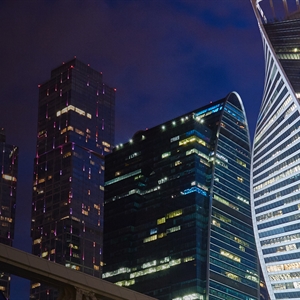Hands-on review: Zhiyun Weebill 2 camera gimbal
A year is a long time in Gimbal World. Last summer, we reviewed Zhiyun's Weebill S , finding much to admire about it. A little over 12 months later and Zhiyun launched its successor to the S, the Weebill 2 - reviewed here. If you're contemplating making a gimbal purchase for use with your mirrorless or DSLR camera, you will find yourself spoilt for choice. Not only by Zhiyun's own wide range, which updates at an almost bewildering pace, but similarly spec'ed offerings from established rivals such as DJI, FeiyuTech and Manfrotto. What does the Weebill 2 offer that could turn your head? First and foremost, it's the Weebill 2's new integrated, flip-out touchscreen that catches the eye. This 2.8" vari-angle colour touchscreen can double as both a monitoring device and for parameter adjustment…























